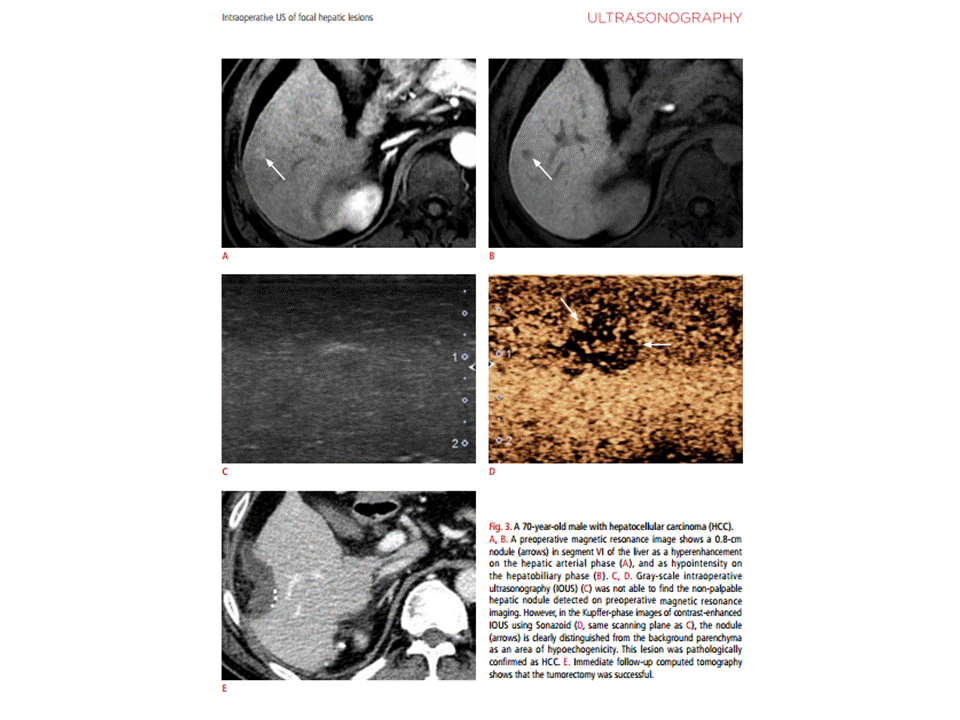LIVER
ELASTOGRAPHY IN THE PREDICTION OF THE PRESENCE OF HCC
Prognosis
of patients with chronic liver disease is determined by the extent and
progression of liver fibrosis, which may lead to the development of HCC. Liver
stiffness is significantly higher in patients with HCC than in patients without
HCC. However, most of the studies found that liver stiffness alone is
insufficient to predict the presence or absence of HCC and that it should be
associated in a score with other markers. A score developed by Wong et al based on liver stiffness, age, serum albumin and hepatitis B virus DNA level
was found to have AUROC’s of 0.83 to 0.89 in the identification of the HCC
patients and a very good negative (99.4%-100%) for the exclusion of HCC in
patients. In the study conducted by Feier et al, LS was significantly
higher (42 kPa vs 27 kPa, P < 0.0001) in the HCC group than in the non-HCC
group, but other 3 parameters (alanine-aminotransferase, alphafetoprotein and
interquartile range of the LSMs) were added to elastography in a score and the
resulted model combining the four variables showed a good diagnostic
performance in both training and validation groups, with AUROCs of 0.86 and
0.8, respectively. Jung et al has shown that liver stiffness is also
useful as a part of a predictive model that identifies patients that are at risk
for late recurrence after curative resection of HCC. On multivariate analysis,
patients with older age, male sex, heavy alcohol consumption (> 80 g/d),
lower serum albumin, HBe antigen positivity and LSM> 8 kPa were at a
significantly greater risk of HCC development.












